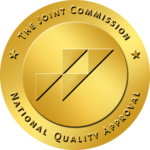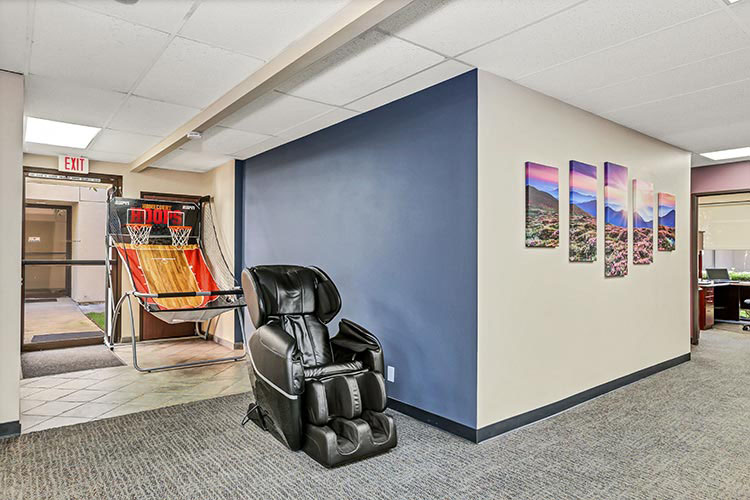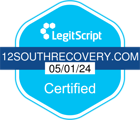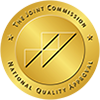Key Takeaways
- Naltrexone, Suboxone, and Buprenorphine are medications used to manage opioid addiction and withdrawal symptoms.
- Naltrexone, Suboxone, and Buprenorphine all work differently and have their own benefits and side effects.
- Medical support and personalized treatment are important for safe and lasting recovery in addiction treatment.
Prescription Drugs Used in Medication-Assisted Treatment
Many people battling opioid addiction find that willpower alone is not enough. That’s why medication-assisted treatment (MAT) is often recommended. MAT uses prescription drugs like Naltrexone, Suboxone, and Buprenorphine to reduce cravings, block highs, and ease withdrawal symptoms.
Each medication works in a different way. Some help prevent relapse by stopping opioids from working, while others reduce withdrawal symptoms and cravings. Choosing the right medication depends on your medical history, treatment goals, and risk factors. With the right support, these medications can help people focus on healing rather than constantly battling cravings. At 12 South Recovery, our team offers personalized medication management to help you feel supported every step of the way.
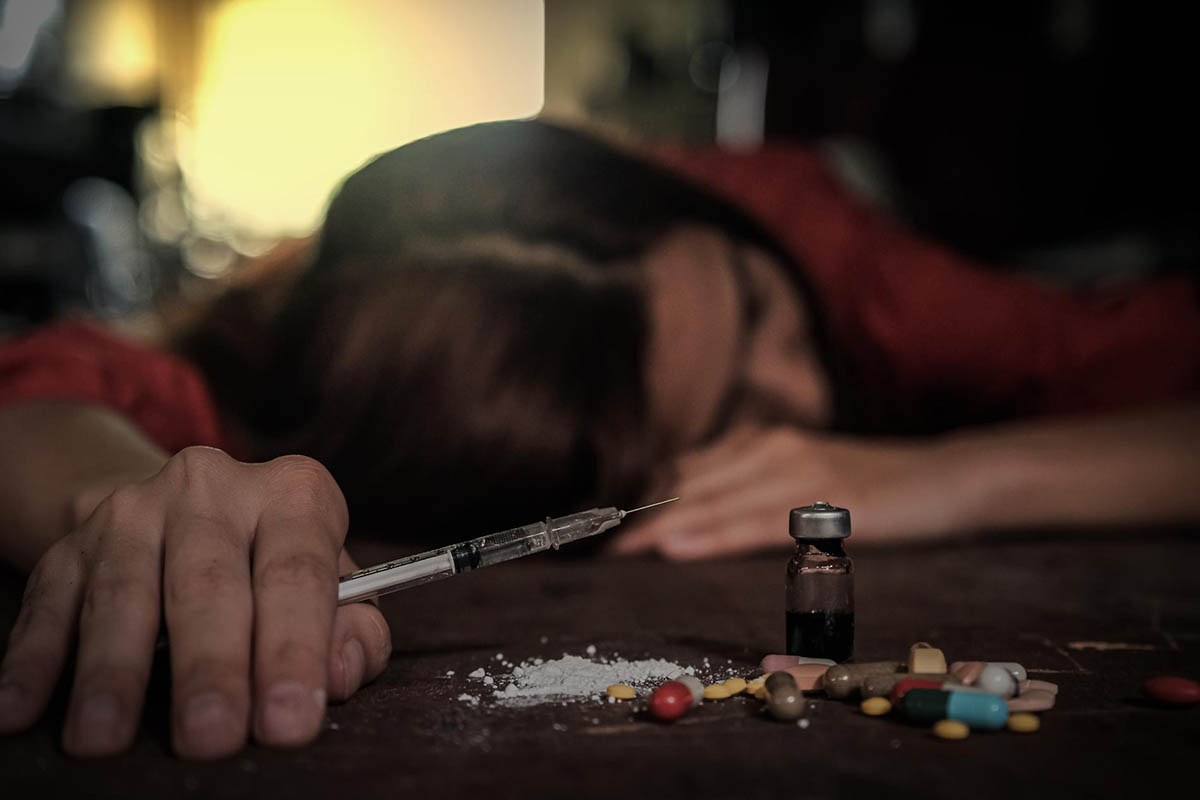
What is Naltrexone?
Naltrexone is an opioid antagonist. This means it blocks the effects of opioids in the brain. If someone uses heroin or painkillers while on Naltrexone, they won’t feel the usual high.
This medication does not cause dependence and doesn’t lead to withdrawal if stopped. However, it’s usually prescribed after detox, because it can trigger withdrawal if opioids are still in the system.
Some doctors hesitate to prescribe Naltrexone because it requires full detox first, and not everyone completes detox successfully. It may also be harder for patients to stay on Naltrexone consistently without strong motivation.
Naltrexone is available as a daily pill or a monthly injection (Vivitrol).
What is Suboxone?
Suboxone is a combination of buprenorphine and naloxone. It helps reduce opioid cravings and prevents withdrawal symptoms. Naloxone discourages misuse, as it can cause withdrawal if the drug is injected.
Suboxone is a partial opioid agonist, meaning it activates opioid receptors but in a controlled way. This keeps people from feeling intense highs while reducing cravings.
Suboxone is considered safer than full opioids and is widely used in outpatient recovery programs. Patients can take it at home once stabilized.
Compared to Buprenorphine alone, Suboxone offers a lower risk of abuse. Many doctors and treatment centers prefer it for this reason.
What is Buprenorphine?
Buprenorphine is also a partial opioid agonist. It’s similar to Suboxone but doesn’t contain naloxone. It helps manage cravings and withdrawal, especially early in recovery.
This drug can be prescribed in different forms, including tablets, films, and implants. However, because it’s still an opioid, there is a potential for misuse.
Some side effects of buprenorphine include nausea, headaches, constipation, and trouble sleeping. In rare cases, it may cause respiratory issues or mood changes.
Though helpful, doctors may prefer Suboxone because of its built-in safeguards against misuse.
What Are the Key Differences Between Naltrexone and Buprenorphine?
Naltrexone and Buprenorphine both support recovery but work very differently. Naltrexone blocks opioid effects entirely, while Buprenorphine activates opioid receptors at a lower level to ease symptoms.
Naltrexone is non-addictive and requires full detox before use. Buprenorphine can be started earlier, even before detox is fully complete.
Buprenorphine has more immediate effects on withdrawal symptoms. Naltrexone is more preventative but requires consistent use to be effective.
Why is Suboxone Better Than Buprenorphine?
Many doctors lean toward prescribing Suboxone because it contains naloxone, a safeguard that helps prevent misuse. If someone tries to inject it, the naloxone triggers withdrawal symptoms, making misuse less appealing.
Suboxone balances safety and relief, which is why it’s a trusted choice in outpatient recovery. It helps reduce cravings without creating the same risks as some other medications.
For both doctors and patients, the built-in protection from naloxone brings a sense of security. It can be especially reassuring during those first vulnerable steps toward recovery.
What Are The Bad Side Effects of Buprenorphine?
Buprenorphine can result in individual side effects both physically and emotionally. Some individuals may experience queasiness, dizziness or sweating. Others may have mood swings or anxiety which are difficult to control. These types of reactions usually create discomfort and may feel discouraging; particularly in the first couple of days.
In rare cases, breathing can be reduced, especially if someone is using other substances at the same time. Your doctor will likely have scheduled check-ins regularly to help monitor how well the dose is working, if it introduces further issues, or if adjustments need to be made. Adjustments are a normal and routine part of keeping the treatment safe and effective.
What Happens If You Take Naltrexone and Suboxone Together?
Taking Naltrexone and Suboxone at the same time is not recommended and can be dangerous. Naltrexone is an opioid blocker, while Suboxone contains buprenorphine, a partial opioid agonist. If you take Naltrexone while Suboxone is still in your system, it can trigger sudden and severe withdrawal symptoms. This reaction can be physically distressing and emotionally overwhelming. That’s why doctors always check for timing and medication history before prescribing either one. If you’re unsure about your medication schedule, talk with a medical professional. They can help guide you through your options and make sure you’re on the right track.
What Happens If You Take Opioids While on Naltrexone?
Using opioids while taking Naltrexone usually results in no effect. When taking Naltrexone, opioid receptors in the brain are blocked which means that an overdose won’t give you the high that you are expecting. There is also a chance that someone will try a higher dose of opioids to gain a high. This is very dangerous because of the heightened risk of overdose. It is important for someone taking Naltrexone to understand this risk and be in contact with a health care provider.
What Happens If You Take Buprenorphine and Naltrexone Together?
Taking Buprenorphine and Naltrexone together can cause an immediate and severe withdrawal state. Naltrexone blocks opioid receptors in the brain, and Buprenorphine binds, and activates these receptors partially. If both medications are on board at the same time, there is the possibility that Naltrexone may remove Buprenorphine off the receptors. This can cause rapid and uncomfortable withdrawal symptoms. This is not a pleasant or easy experience and can be physically taxing. These medication combinations must never take part together without being under the tutelage of an appropriate medical provider. Medical providers usually select one of the two medications depending on where the person is in recovery. They also closely observe the individual for side effects and adjust doses accordingly.
Naltrexone vs. Suboxone vs. Buprenorphine: A Quick Comparison

How 12 South Recovery Can Help
12 South Recovery in Lake Forest, CA, offers professional support for people exploring medication-assisted treatment. Our clinical team can help determine whether Naltrexone, Suboxone, or Buprenorphine is the best option for your needs.
We provide therapy, medication management, and long-term recovery care in a safe and supportive environment.
Call 12 South Recovery today to take the first step toward healing.

